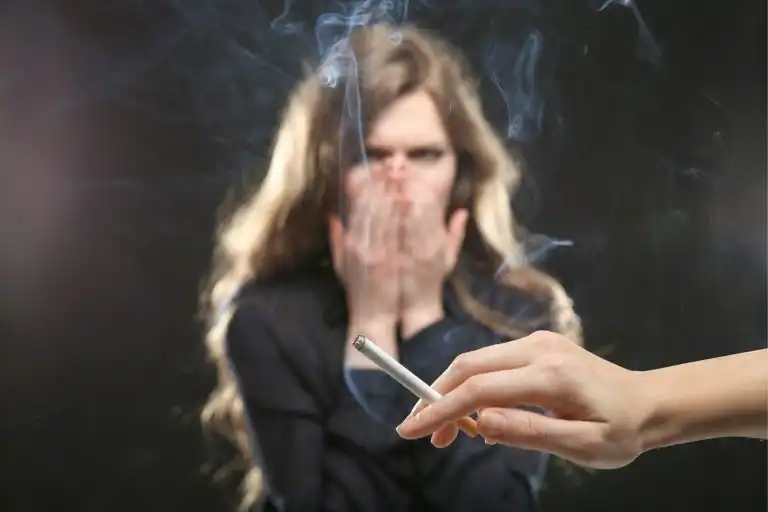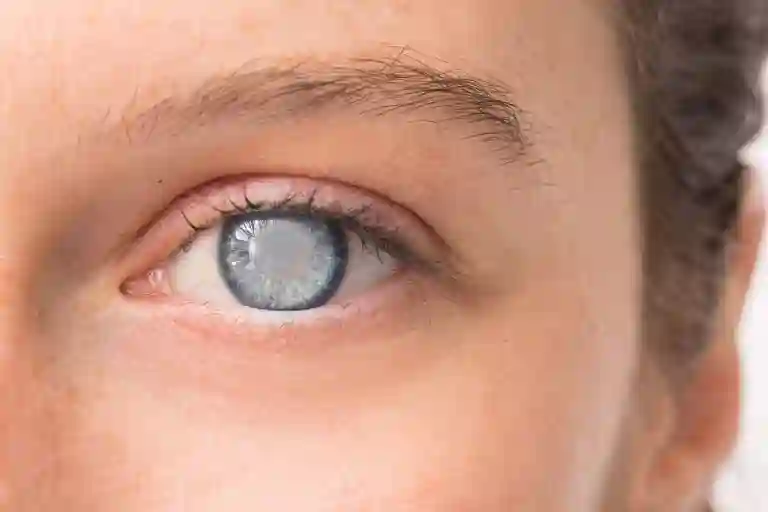Passive smoke is the combination of smoke from a burning cigarette and smoke exhaled by a smoker. There are two types of passive smoke; side stream smoke comes directly from the burning tobacco product, and mainstream smoke is the smoke that the smoker inhales.
The smoke that burns off the end of a cigarette or cigar actually contains more harmful substances than the smoke inhaled by the smoker, as there is no filter it must pass through.
If you are a non-smoker but are exposed to passive smoke on a regular basis, your body will still absorb nicotine and other harmful substances. Smoke contains more than 4000 chemical compounds, of which 250 are toxic and more than 50 are known cancer-causing agents.
These dangerous substances linger in the air for approximately 4 hours and breathing in these particles for only minutes can harm you.
Exposure time to passive smoke and its effects:
5 MINS of exposure can stiffen the aorta as much as smoking a cigarette
20-30 minutes – causes excess blood clotting, as well as increases the buildup of fat deposits in blood vessels, increasing the risk of heart attack and stroke.
· 2 hours – increases the chance of irregular heart beat (arrhythmia) and can trigger a fatal cardiac event or heart attack.
Diseases that arise:
· Lung cancer and lung disease, including COPD, emphysema, asthma, and chronic bronchitis. Nonsmokers who live with a smoker have a 20% to 30% increased risk for developing lung cancer.
· Heart disease
· Eye and nasal irritation; increased risk of sinus and respiratory infections
Population greatest risk of being harmed by passive smoking:
Although any person who spends time around those who smoke has an increased chance of developing a smoking-related illness, certain people are extremely susceptible to the harmful effects of passive smoke.
These include:
1)Service industry workers, such as bartenders and restaurant servers.
2)Pregnant women. Passive-smoke harms not only the mother-to-be, but her unborn child as well.
3)Infants and children (and pets!). Infants and children who are regularly exposed to passive smoke have an increased chance of developing the following conditions:
- Frequent colds and respiratory infections (including bronchitis and pneumonia)
- May experience slow or incomplete lung growth and development
- Asthma and chronic coughs
- Chronic and/or recurrent ear infections
- SIDS (Sudden Infant Death Syndrome)
- High blood pressure
- Learning and behaviour problems, including inattention and aggression.
- Cataracts
- Poor dental health
- Increased likelihood that the children themselves will become smokers
- Increased risk of tumors and cancer shown in cats, dogs, and birds
Preventive Measures against passive smoking:
- Whenever possible, ask visitors to your home to smoke outside and to use a “smoking coat” or sweatshirt so that they will not carry toxins on their clothes (this is actually known as “third-hand smoke”).;
- Open windows and use fans to ventilate rooms in your home and work.
- Don’t keep ashtrays in your home.
- Tell babysitters and other caregivers not to smoke around your children, even if it is in their own home.
- If you are visiting a smoker’s home with your children, try to socialize outside whenever possible.
- If smoking is allowed where you work, talk to your employer about modifying the company’s smoking policy. Encourage them to support a program to help their employees quit!
- Ask to work near other non-smokers or as far away from smokers as possible.
- When staying in a hotel, ask for a non-smoking room.
- Stay informed about any changes in federal, state, and local smoking laws and become involved in strengthening those laws.












